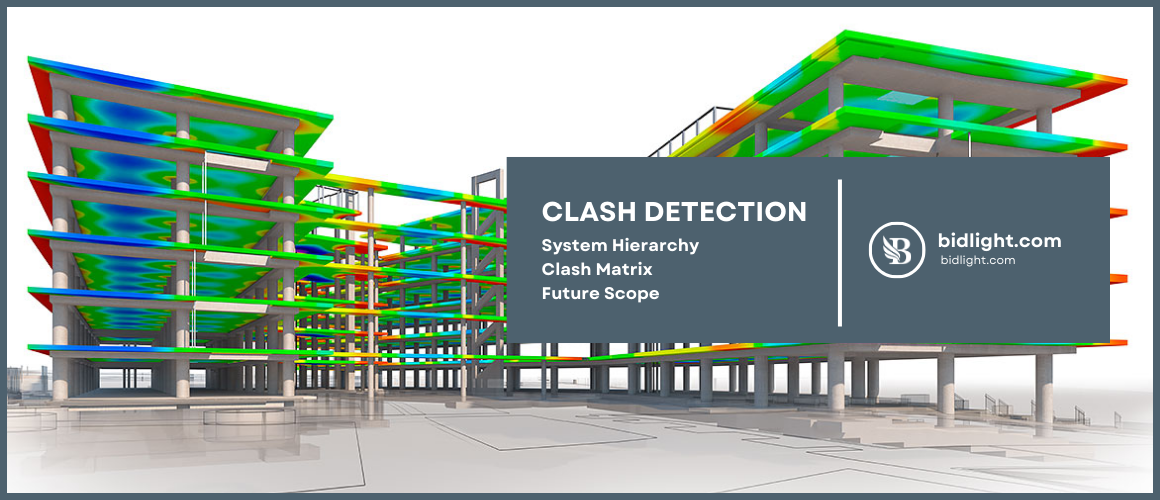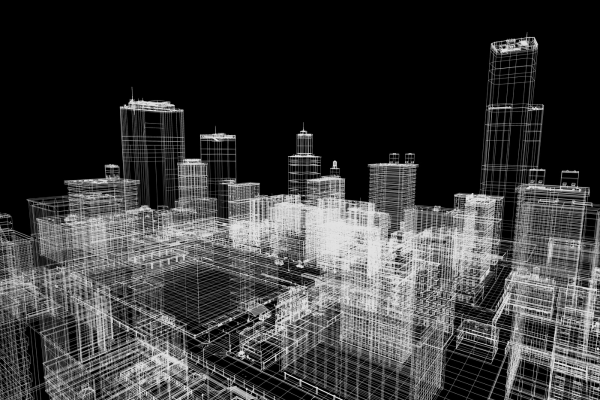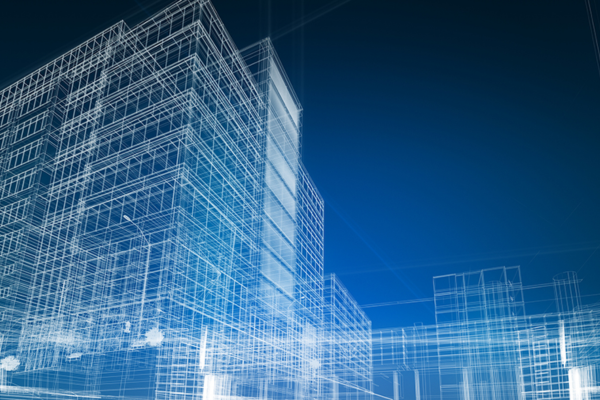
How BIM Clash Detection Transforms Construction Projects
In the world of building and design, getting things right from the start can save a lot of headaches later on. Imagine designing a building, only to find out during construction that parts of it don't fit together as planned. That's where Building Information Modeling (BIM) and clash detection come into play. BIM isn't just about creating digital models of buildings; it's a game-changer that helps spot potential problems before they become real headaches. Clash detection is a superhero in this process. It scans through the complex layers of a building's design, hunting for any spots where elements might bump into each other — think of pipes running into beams or walls cutting through ducts. By catching these clashes early, BIM clash detection saves time, money, and a lot of construction drama. This isn't just about avoiding minor issues; it's about ensuring projects stay on schedule and under budget, making everyone's life a bit easier. Welcome to the world of smarter building, where clash detection in BIM is leading the charge towards more efficient, problem-free construction projects.
The Essence of BIM Clash Detection
At its heart, BIM clash detection is like the ultimate detective work in construction. It's a part of BIM (Building Information Modeling) where we use software to scan through a building's digital model to spot any places where different parts of the building might not fit together properly. Think of it as making sure that the pipes, walls, and beams all have their proper space, without stepping on each other's toes.
This process is crucial because it helps us find problems before we even break ground. Imagine realizing that a duct runs right through a steel beam, but only after both have been installed. That's a costly and time-consuming mistake to fix. With BIM clash detection, we catch these issues early on, which means we can solve them without causing delays or going over budget.
United BIM points out that early detection isn't just about fixing errors; it's about efficiency and savings. By spotting and resolving these clashes ahead of time, projects can move forward more smoothly, without the stop-and-start of running into unexpected problems. This way, builders can stick to their timelines and budgets much more closely.
In simpler terms, BIM clash detection helps keep a construction project on track. It's about making sure that everything in the building design has its place, and that the whole process from design to construction goes as smoothly as possible, saving both time and money. It's a critical step in modern construction that ensures projects are built efficiently and effectively from the start.

System Hierarchy and Clash Matrix
In the complex world of construction, not everything is created equal. This is where the idea of system hierarchy and the clash matrix come into play, crucial tools for managing a building project's moving parts. Imagine building a structure as putting together a giant puzzle. System hierarchy tells us which puzzle pieces should be placed first, based on their importance and how hard they are to move once placed.
For example, structural elements like beams and columns are at the top of this hierarchy. They're the backbone of the building, so they get priority. Next might come major mechanical systems, followed by plumbing, and then electrical systems, which are usually more flexible and can be adjusted more easily. This order helps everyone understand which parts of the building need to be settled first and which ones can be tweaked as the project evolves.
The clash matrix, on the other hand, is like a map that guides us through the puzzle. It's a tool that visually shows the relationships between different building systems, indicating which ones can clash and helping prioritize which clashes to resolve first. For instance, if the matrix shows a potential clash between plumbing and electrical systems, it helps us decide which system should be adjusted to avoid the conflict, often based on the system hierarchy.
They don't just help avoid physical clashes; they also streamline the decision-making process, making it clearer and more efficient. This way, the construction team can tackle issues in a logical order, saving time, reducing costs, and minimizing the risk of last-minute changes.
Together, the system hierarchy and clash matrix are not just about avoiding problems; they're about building smarter. They ensure that from the earliest stages of design, every element of the project is considered and coordinated, leading to a smoother construction process and a better-built final product.

Clash Detection in Complex Infrastructures
Clash detection plays a pivotal role in managing complex infrastructures, where the intricacy and density of systems pose significant challenges. In environments like subways, airports, or high-rise buildings, where structural, mechanical, electrical, and plumbing systems densely intertwine, identifying and resolving clashes becomes crucial for project success. Advanced BIM technologies enable teams to visualize potential conflicts in a virtual environment, allowing for preemptive adjustments that can save considerable time and costs. By integrating clash detection early and throughout the design and construction phases, project teams can ensure smoother execution, mitigate risks of delays, and maintain budget control. This proactive approach not only enhances coordination among various disciplines but also paves the way for innovative construction methodologies that can tackle the complexities of modern infrastructure projects.
Future Scope and Advancements
The future of BIM clash detection is on a trajectory towards even greater integration and intelligence. With the advent of AI and machine learning, clash detection is becoming more automated, allowing for even earlier and more precise identification of potential issues. This means projects can anticipate and solve problems before they even arise, significantly reducing delays and costs. Moreover, the integration of virtual reality (VR) and augmented reality (AR) into BIM clash detection processes offers immersive ways to explore and understand complex clashes, enhancing collaboration among stakeholders. As technology evolves, staying updated on these advancements will be key for professionals looking to leverage BIM clash detection for more efficient and innovative construction projects.
BIM clash detection is revolutionizing the way we approach construction projects, ensuring efficiency, reducing costs, and minimizing project delays. As technology advances, embracing BIM tools becomes crucial for staying ahead in the industry. Whether you're a seasoned professional or new to the field, exploring BIM clash detection tools and consulting with experts can greatly enhance your project outcomes. Dive into the world of BIM with bidlight.com where the future of construction is being shaped today.